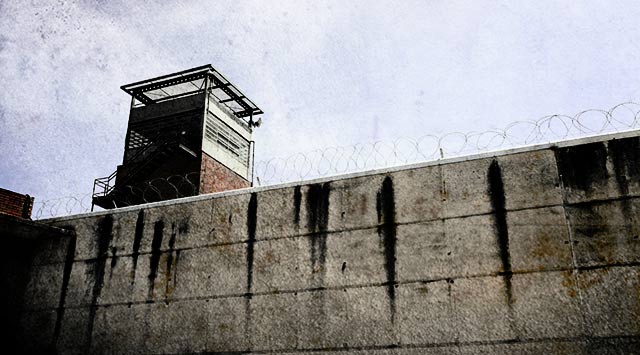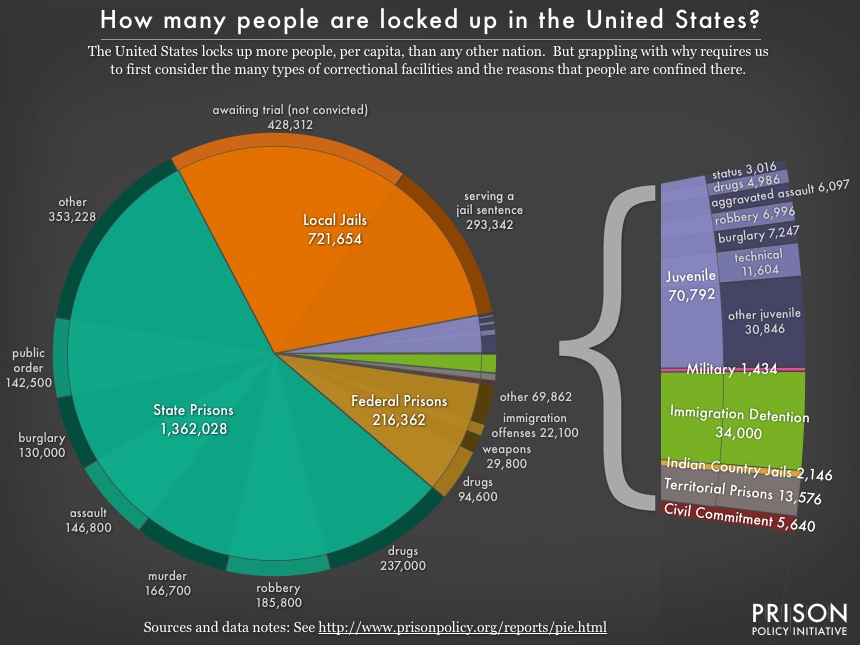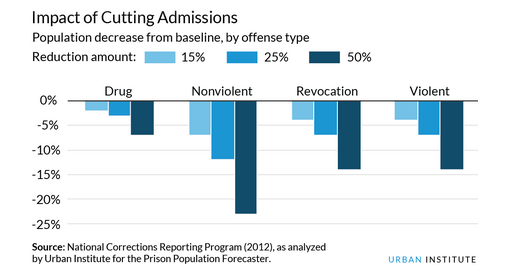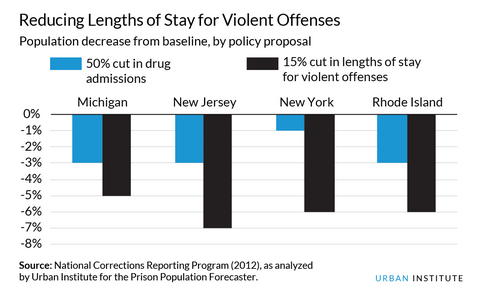
In the swirl of campaign driven talk of an “end to the era of mass incarceration,” it is crucial to consider again: What exactly does this mean? How could it possibly be achieved?
The sound bytes are easy, and appealing to anyone who is appalled by our excessive and extreme reliance on policing and punishment. We know the statistics: 5% of the world’s population and 25% of its prisoners. 2.4 million people in prison or jail; another 5 million under other correctional supervision. Stunning race and class gulfs at every stage of the system from police killings to imprisonment. It has long been an egregious state of affairs.
But the challenges faced in dismantling nation on lock down policies are daunting. Beyond the difficulty of converting political rhetoric into any sort of legislation action, there is the sheer reality of numbers, of focus and yes, of profit.
As you consider the claims and calls for “reform,” remember…
Mass Incarceration Is Primarily Driven by State and Local Practices
While incarceration at the federal level has increased at a rapid pace, the overwhelming number of prisoners are housed in state prisons and local jails. Any real dent in the numbers can only be attained by changing policy and practices here. Mass Incarceration: The Whole Pie A Prison Policy Initiative briefing by Peter Wagner and Leah Sakala offers us a stark reminder.

The proposed reforms that are most widely touted have implications for the federal level alone, and beyond that, are focused on reentry options and criminal records. Despite the obvious benefits to those immediately affected, this legislation would have a negligible impact on overall incarcerations rates.
Ending Mass Incarceration Requires a Multitude of Policy Shifts
In addition to a focus on the federal level, most reforms efforts center on ending the War on Drugs and the harsh mandatory minimums for nonviolent offenders. A new interactive tool from the Urban Institute, The Prison Population Forecaster, illustrates the need for a wide range of efforts. Using data from 15 states as an example, this tool shows the impact of various including fewer admissions to prison, shorter sentences, and various offense categories. The graphs below reveal a need for a much broader set of reforms than have currently been discussed.


The focus cannot be on drug crimes alone or less prison time for nonviolent offenses or reduced revocations of probation/parole. The charts show that any real effort to reduce our reliance on prisons must also imagine alternatives for violent offenses. To date, this level of discussion has been consider completely out of bounds. In fact, much of the current “reform” discussion further demonizes those convicted of violent crimes and draws a brighter line between “nonviolent offenders” who might be spared imprisonment and those assumed to require it. Unless a broader cultural shift about the efficacy of prison for anyone ensues, the numbers cannot be substantially reduced.
The Smoke and Mirrors of “Reform,” or Follow the Money
Perhaps most insidious is the possibility that proposed “reform” isn’t meant to end mass incarceration at all, but rather create an opportunity for expanded profiteering in reentry services, probation, jails, policing, and mental health wings in existing prisons and jails. Kay Whitlock and I have written much about in the Truthout series: Smoke and Mirrors: Inside the New “Bipartisan Prison Reform” Agenda. I encourage you to take a closer look.
It is not called the prison industrial complex for nothing. After more than 30 years of expansion and entrenchment, it is difficult to map all the never ending sources of profit and economic growth in jobs, products and services. It is difficult to imagine, too, any political commitment to the nearly complete overhaul of our late capitalist post-industrial service sector economy that decarceration would fully entail.
A recent New York Times piece, Prison Vendors See Continued Signs of a Captive Market, indicates that the profiteers aren’t worried about the current calls for “reform.” The products keep flowing – both for restraint and punishment and now too towards servicing mental health and reentry facilities with colorful vinyl furniture. In cheerful lime and mango.
In a blog post discussing the New York Times piece, Peter Wagner of the Prison Policy Initative asks us to consider “two important questions that long-time prison reformers should be grappling with:
- How much of our support from unexpected allies comes from a real desire to treat other people humanely and how much comes from a desire to tweak the system in order to simply create new avenues for profiting off of other people’s pain?
- How many of the “reforms” currently being considered in this country are no more innovative than taking a sleeping slab and coloring it mango?”
Ask we must. And perhaps the answer will point us – not towards reform – but instead, towards abolition. As Angela Davis observed over a decade ago:
“The most difficult and urgent challenge of today is that of creatively exploring new terrains of justice, where the prison no longer serves as our major anchor.”
Truthout Is Preparing to Meet Trump’s Agenda With Resistance at Every Turn
Dear Truthout Community,
If you feel rage, despondency, confusion and deep fear today, you are not alone. We’re feeling it too. We are heartsick. Facing down Trump’s fascist agenda, we are desperately worried about the most vulnerable people among us, including our loved ones and everyone in the Truthout community, and our minds are racing a million miles a minute to try to map out all that needs to be done.
We must give ourselves space to grieve and feel our fear, feel our rage, and keep in the forefront of our mind the stark truth that millions of real human lives are on the line. And simultaneously, we’ve got to get to work, take stock of our resources, and prepare to throw ourselves full force into the movement.
Journalism is a linchpin of that movement. Even as we are reeling, we’re summoning up all the energy we can to face down what’s coming, because we know that one of the sharpest weapons against fascism is publishing the truth.
There are many terrifying planks to the Trump agenda, and we plan to devote ourselves to reporting thoroughly on each one and, crucially, covering the movements resisting them. We also recognize that Trump is a dire threat to journalism itself, and that we must take this seriously from the outset.
Last week, the four of us sat down to have some hard but necessary conversations about Truthout under a Trump presidency. How would we defend our publication from an avalanche of far right lawsuits that seek to bankrupt us? How would we keep our reporters safe if they need to cover outbreaks of political violence, or if they are targeted by authorities? How will we urgently produce the practical analysis, tools and movement coverage that you need right now — breaking through our normal routines to meet a terrifying moment in ways that best serve you?
It will be a tough, scary four years to produce social justice-driven journalism. We need to deliver news, strategy, liberatory ideas, tools and movement-sparking solutions with a force that we never have had to before. And at the same time, we desperately need to protect our ability to do so.
We know this is such a painful moment and donations may understandably be the last thing on your mind. But we must ask for your support, which is needed in a new and urgent way.
We promise we will kick into an even higher gear to give you truthful news that cuts against the disinformation and vitriol and hate and violence. We promise to publish analyses that will serve the needs of the movements we all rely on to survive the next four years, and even build for the future. We promise to be responsive, to recognize you as members of our community with a vital stake and voice in this work.
Please dig deep if you can, but a donation of any amount will be a truly meaningful and tangible action in this cataclysmic historical moment. We are presently looking for 143 new monthly donors before midnight tonight.
We’re with you. Let’s do all we can to move forward together.
With love, rage, and solidarity,
Maya, Negin, Saima, and Ziggy